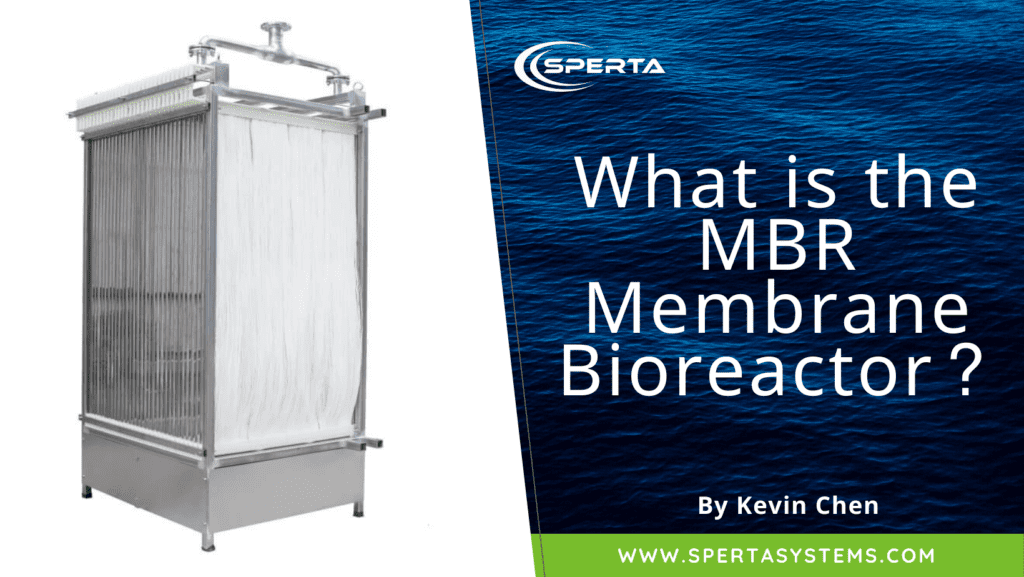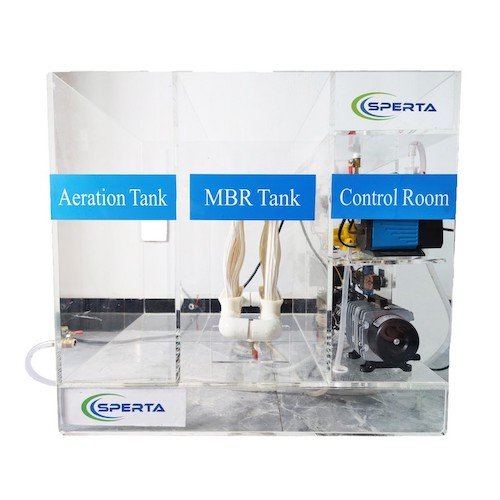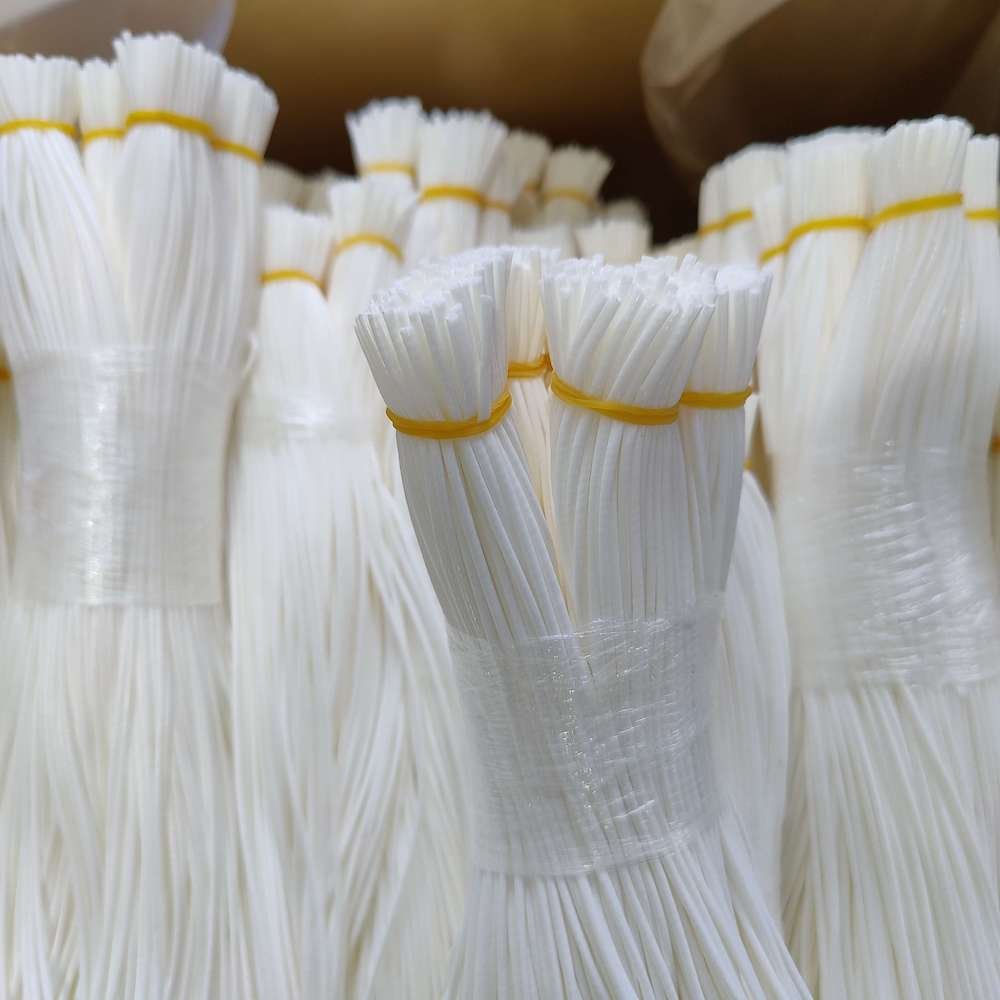Last Updated on July 24, 2022 by Kevin Chen
The MBR membrane bioreactor is a new type of treatment process. Compared with the traditional process, it has the characteristics of a small footprint, good effluent quality, and low operating cost. It is one of the hotspots in wastewater treatment and has wide applications.
What is the MBR Membrane Bioreactor?
MBR membrane bioreactor is a sewage treatment equipment. It can achieve deep sewage purification, while nitrifying bacteria can fully reproduce in the system. Its nitrification effect is obvious and allows deep phosphorus and nitrogen removal. Replacing secondary sedimentation tanks at the end of conventional biological treatment technology with membrane modules maintains a high activated sludge concentration in the bioreactor, increasing the organic load of biological treatment, thereby reducing the footprint of the wastewater treatment facility and reducing the amount of residual sludge by maintaining a low sludge load. The MBR membrane immersed in the aerobic tank is mainly used to retain activated sludge and macromolecular organic matter in the tank.
What’s the Working Principle of MBR Membrane Bioreactor?
MBR is a new and efficient separation technology, a new process combined with the traditional activated sludge method. It is a unique structure MBR membrane module placed in the aeration tank. After aerobic aeration and biological treatment, the water is pumped through the filter membrane and then pumped out. It uses an MBR membrane to intercept the activated sludge and macromolecular organic substances in the biochemical reaction tank without needing a secondary sedimentation tank. Therefore, the concentration of activated sludge is greatly improved, and it can control the hydraulic retention time (HRT) and sludge retention time (SRT) separately. At the same time, the refractory substances are continuously reacted and degraded in the reactor.

What are the Features of MBR Membrane Bioreactor?
- Small footprint. The membrane bioreactor can increase the amount of activated sludge to more than 5000mg/L through the interception effect of the MBR membrane, and the sludge load is increased, which is smaller than the pool solution required by the conventional activated sludge method. The traditional process’s secondary sedimentation tank, filter tank, etc., are omitted, so the floor space and civil construction costs are saved.
- The water quality is good. The water-passing pore of the membrane module is less than 0.2 μm, and the solid-liquid separation is efficiently carried out. The separation effect is much better than in the traditional sedimentation tank, and the effluent suspended solids and turbidity are close to zero.
- Low operating cost. The modular design can realize automatic control of the whole process, which is convenient to adjust the number of operating membrane modules according to the different capacities, and perform online backwashing according to the suction pressure to reduce operating energy consumption.
What are the Applications of MBR Membranes?
- Large-scale municipal wastewater treatment, reuse of reclaimed water in the community, reuse of reclaimed water in department stores and office buildings.
- Wastewater treatment and reuse in restaurants or scenic spots
- Surface-water purification treatment.
- Various beverage factories, distilleries, food, livestock, slaughterhouses, dyeing and finishing, leather, paper, and pulp factories wastewater treatment.
The above is the information about the MBR membrane bioreactor and its working principle & applications. If you still have related questions about the membrane bioreactor, please feel free to contact SPERTA.












